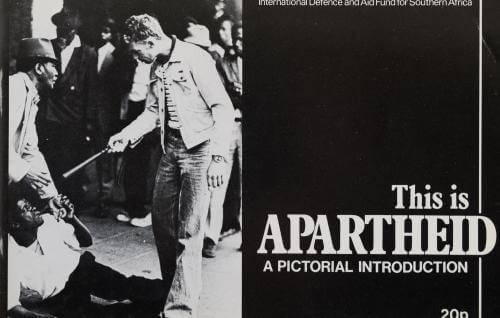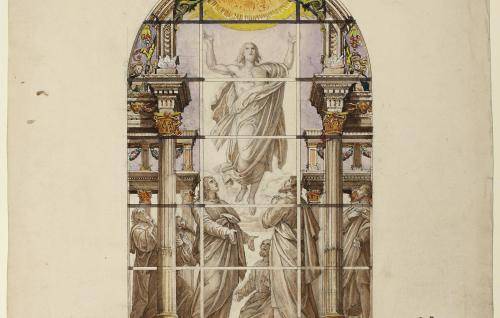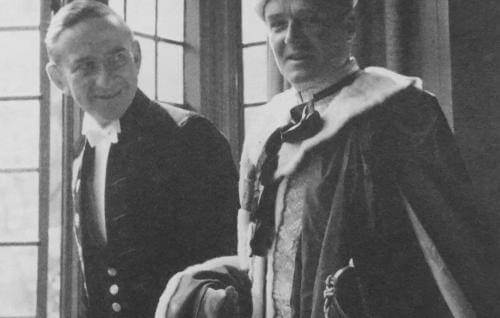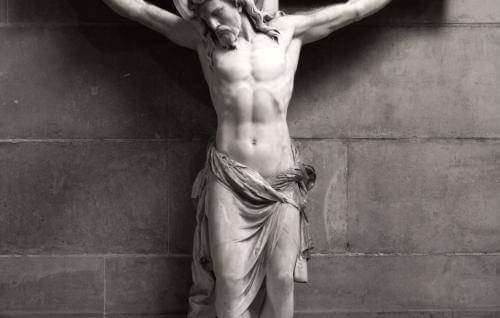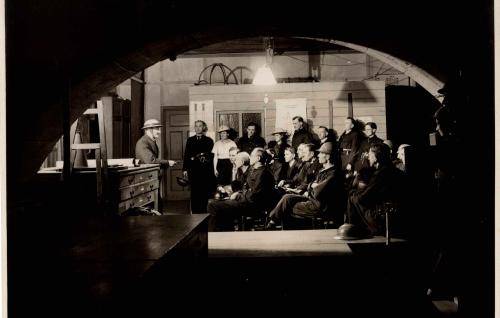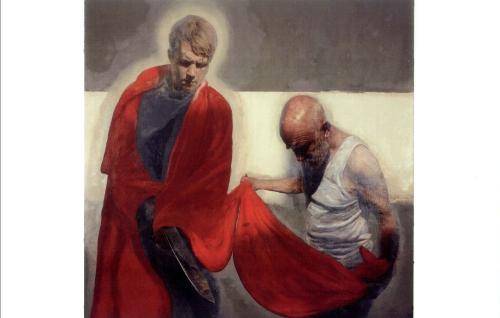The Suffragettes bring the fight for the vote to St Paul’s
Entry from the Virger’s Diary, 7th May 1913, describing the discovery of an explosive device beneath the Bishop’s Throne (Ref. No. LRat/126)
The Suffragettes bring the fight for the vote to St Paul’s
On Wednesday 7th May 1913, a Suffragette plot to blow up the Bishop's throne in St Paul's was narrowly foiled, after a Virger found a bomb at the east end of the Cathedral. It was a year when the activists increased the violence of their tactics as part of their campaign for women’s right to vote.
Who were the Suffragettes?
The movement for women’s suffrage – which simply means 'right to vote in political elections' – was fought by two primary groups: The National Union of Women’s Suffrage Societies and the Women’s Social and Political Union. They later became known as the Suffragists and the Suffragettes respectively.
The Suffragists favoured relatively conservative tactics in campaigning, and believed that if they ‘played by the rules’ they would win the favour of public and government. By the turn of the 20th century, their cause had started to make waves – though notably, they only thought middle class, property owning women should get the vote.
In 1903, Emmeline Pankhurst – a former member of the NUWSS – created a new group, the Women’s Social and Political Union. They would later be know as the Suffragettes. Emmeline was frustrated at the lack of progress being made by the Suffragists, and created a more diverse group of campaigners who pushed for more universal voting rights. Their tactics were also more diverse – and aggressive, underscored by their motto, ‘Deeds not words’.
What the papers said
After the bomb – which thankfully did not harm anyone – was discovered, the story hit the evening news. The Daily Gazette reported: ‘An enormous bomb, with a clock and battery attachment was discovered under the bishop's throne at the St Paul's Cathedral today...The dean conducted evensong near the bishop's throne last evening, but neither he nor the verger then noticed the package or heard the ticking.’
The Morning Post the following day, added: ‘There is no doubt in the minds of the authorities that the contrivance was designed and placed there by someone associated with the militant Suffragist movement.’ The Age, 9th May, used the headline "Suffragette Outrage" and reported on other acts of 'incendiarism' including the burning of a cricket pavilion in Fulham.
An escalation in tactics
The failed bomb at St Paul's came during a period when members of the Suffragette movement were turning to more extreme methods in their campaign for women's rights. Low-level acts included the burning of post boxes and cutting telephone wires, while larger examples included the burning of London houses and pavillions within Royal Parks. Items in the British Museum and National Gallery were also damaged.
1913 marked the beginning of the use of explosive devices. The holiday cottage of Chancellor of the Exchequer, David Lloyd-George, was damaged (February 1913) as was the Coronation Throne within Westminster Abbey (June 1914). Perhaps the most high-profile act of the Suffragette movement also took place in 1913, when Emily Davison threw herself under the King's horse during the Epsom Derby. She died from her injuries.
An ongoing fight
It has been over 100 years since the first women in the UK received the right to vote and, with the passing of the Representation of the People Act in 1928, women in the UK received the vote on the same terms as men.
The Suffragettes' history at St Paul's was brought into sharper focus when our diocese’s current Bishop, Right Reverend and Right Honourable Dame Sarah Mullally, became the first ever female Bishop of London. She was enthroned on the very seat that the Suffragettes attempted to destroy in 1913. However, the fight for women's rights continues around the world, and we think of those who still struggle for equal representation.





